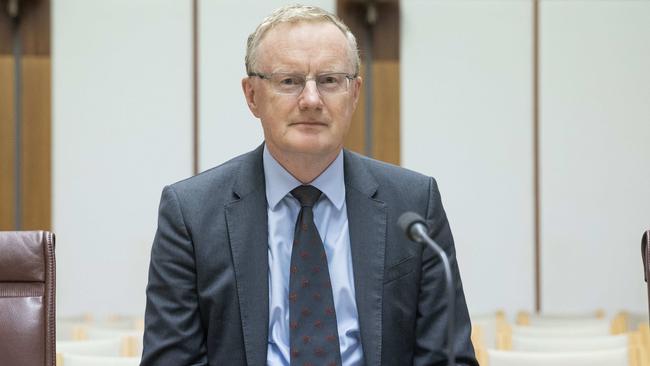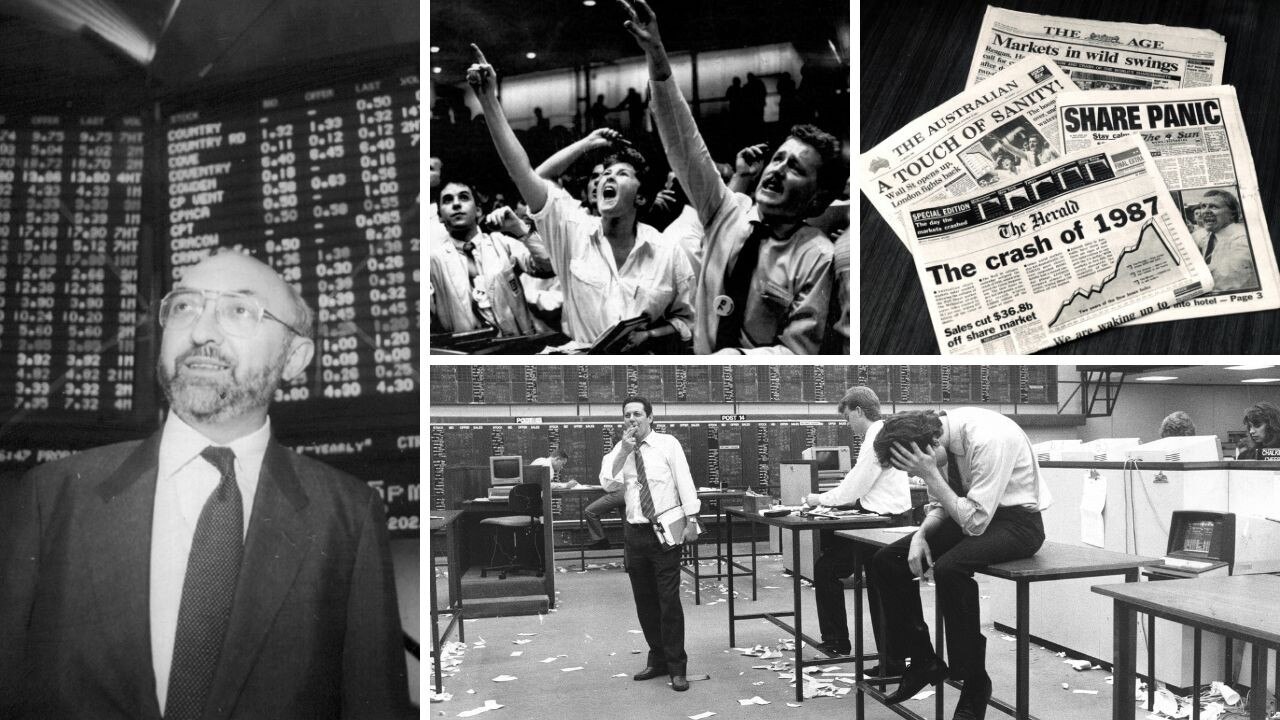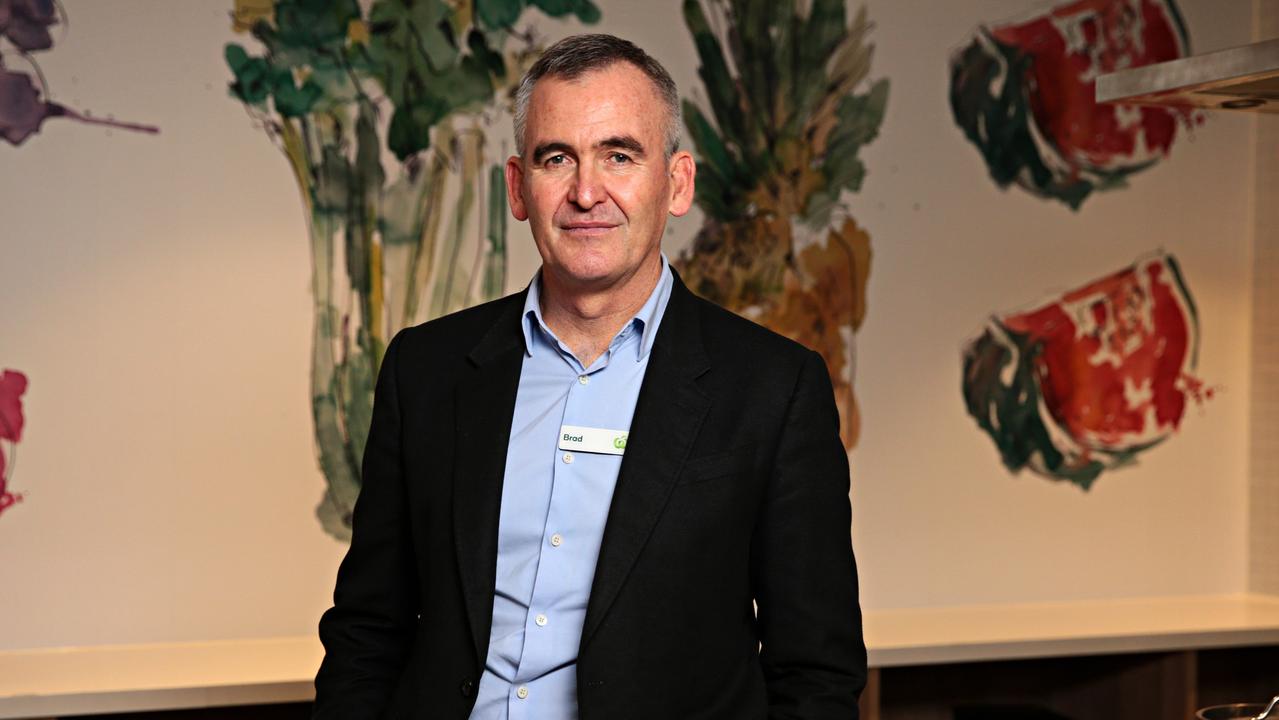RBA governor Philip Lowe faces February rate hike uncertainty
Right now RBA governor Philip Lowe will be hoping that his choice at the next board meeting in February is between either no change or a 25 basis point rate hike. But it could be higher.
Terry McCrann
Don't miss out on the headlines from Terry McCrann. Followed categories will be added to My News.
Let’s be very clear, there was really only one and there was always going to be only one option on the Reserve Bank board table, high above Martin Place with its lush view across Sydney Harbour, two weeks ago.
The 25 points that was delivered had been locked in cement a month earlier on Cup Day, when Governor Philip Lowe had overseen a similar 25 point increase in the RBA’s official interest rate, immediately after the September quarter inflation data and indeed in defiance of that data.
The latest RBA minutes, noting that the board had considered several options at the December meeting – 50 points, 25 points, or no change – was an exercise in rather embarrassing and, frankly, less than encouraging, bureaucratic box-ticking.
After delivering two 25-pointers in a row – including the critical November meeting adjacent to the high inflation numbers - there was no way the RBA would suddenly switch back to 50 points in December. What, Governor Lowe was going to implicitly announce: whoops, we stuffed up last month?
Equally, there was no way that he was going to leave the RBA’s rate unchanged at its then still very-low 2.85 per cent – effectively announcing ‘job done, we’ve conquered inflation’ – when he expects the ABS to announce at the end of January inflation of 8 for the 2022 year. Indeed, the meeting’s minutes all-but explicitly stated this: “shifting to either larger increases or pausing at this point with no clear impetus from the incoming data would create uncertainty about the Board’s reaction function”.
Quite.
Now, this is important not just in terms of the historical record. It’s far more critical for understanding what the RBA is likely to do, at its first meeting back for the year at the start of February, and then through 2023. Right now, Governor Lowe would be thinking – indeed, hoping – that the choice in February will be between 25 points and a no change.
He would be desperately hoping that he could finally have a ‘no change meeting’, the first since April. The challenging question is whether he would have to contemplate and indeed deliver 50 points.

This turns, narrowly, on the December quarter and 2022 year inflation numbers that surface the week before the meeting. I say ‘narrowly’, because, obviously, ‘everything else’ also plays into the decision. To take the two most egregious issues: what’s developed in the post?-Covid China, and Russia’s war on Ukraine and the ripples - heck, potentially tsunami-level waves – into energy markets.
But narrowly, if inflation came in around 7.5 to 8 per cent, while the RBA might bureaucratically ‘consider’’ 0, 25 or 50, it would most likely do 25.
It might be a step too far even for this dovish-inclined RBA to effectively announce ‘job done, we’ve conquered inflation’, when inflation had just printed at 8 per cent, easily the highest in more than 30 years. However, if there was clear evidence that the economy was really tanking, I could see the zero with such inflation. If inflation came in at 7 per cent or lower, the RBA would clearly pause.
The really interesting, the really challenging, question is if inflation comes in above 8 per cent.
That would mean an inflation rate of at least 2.3 per cent for the December quarter – the highest quarterly rate since the bad old days of the 1980s, GST aside, and a clear acceleration on current levels.
He really would have to do 50 points and even consider the 75 points that unlike his NZ and Fed peers, he has totally shied away from.
Despite all the fearmongering – around a fundamental failure to understand the limited impact of rate rises on most household budgets so far, unfortunately shared by the RBA - consumer spending remains very strong.
More Coverage
Originally published as RBA governor Philip Lowe faces February rate hike uncertainty





